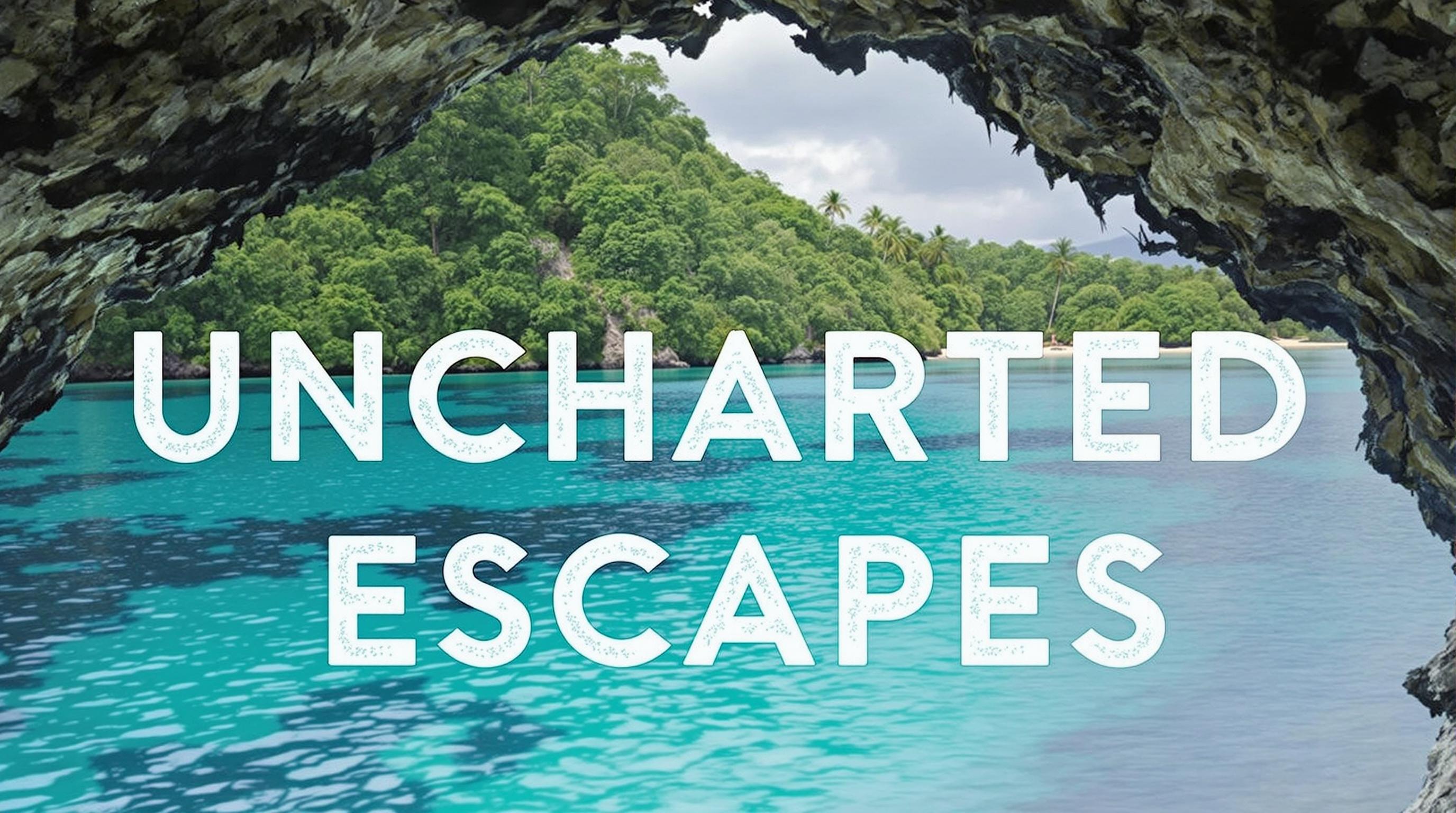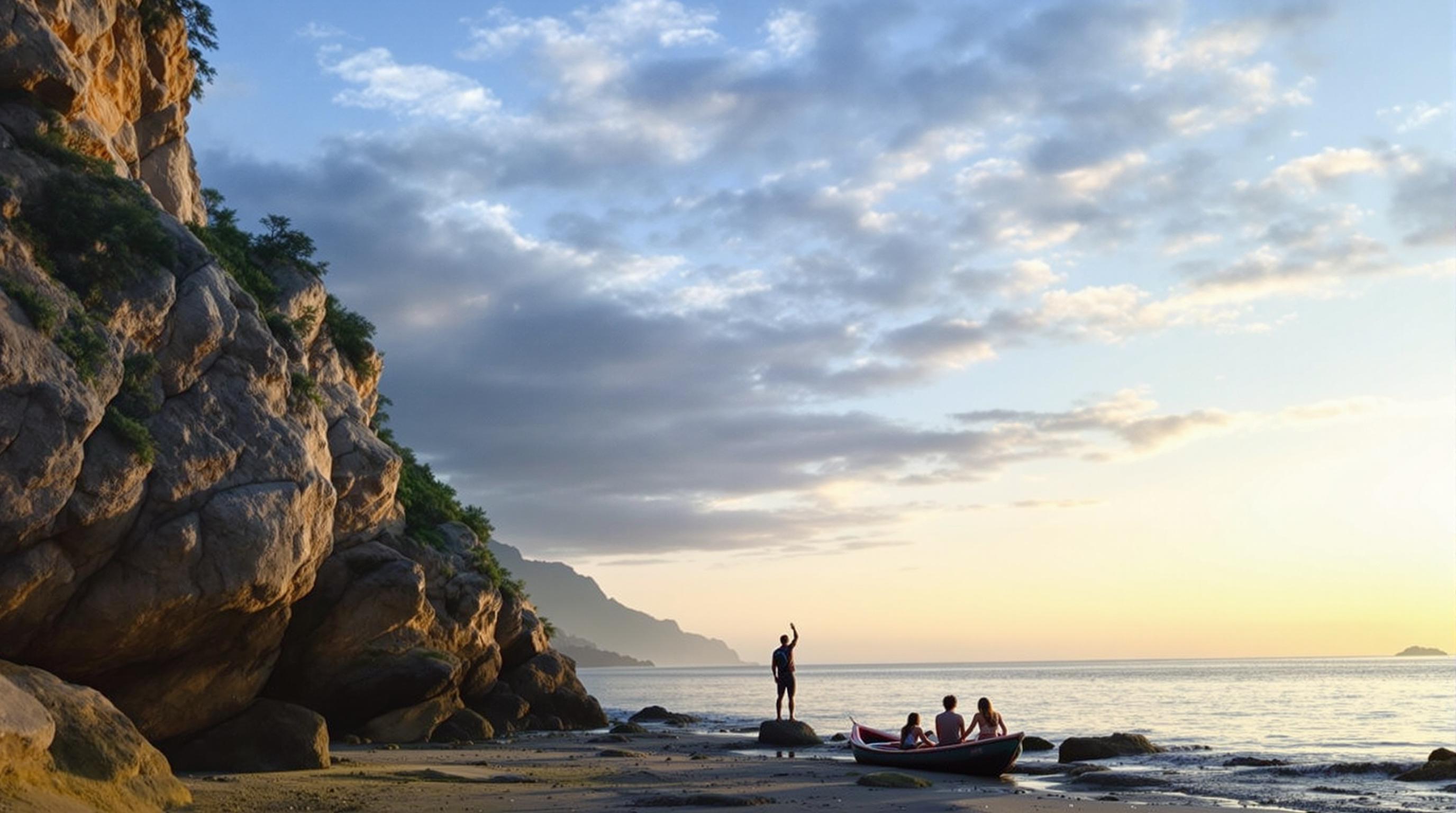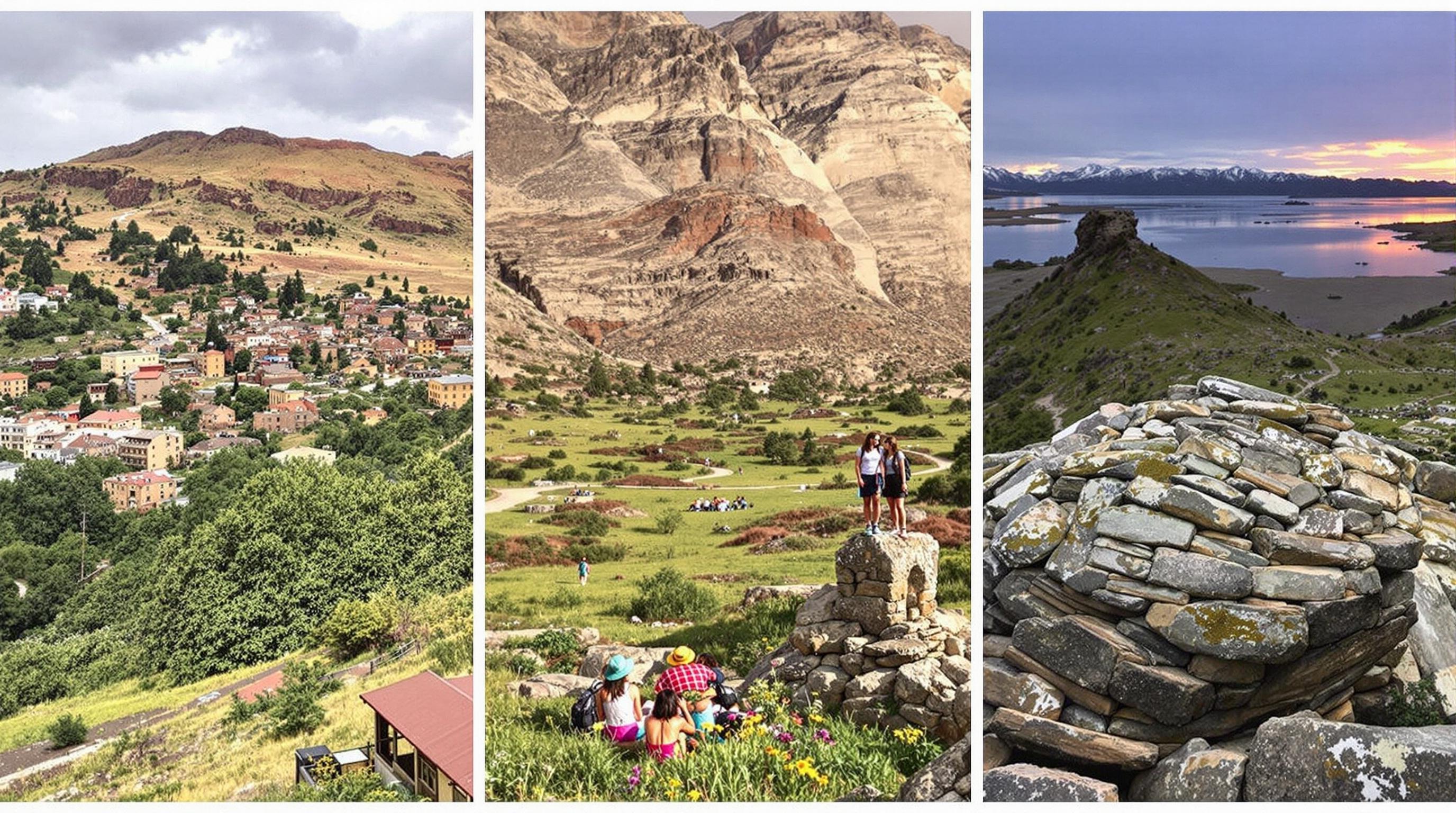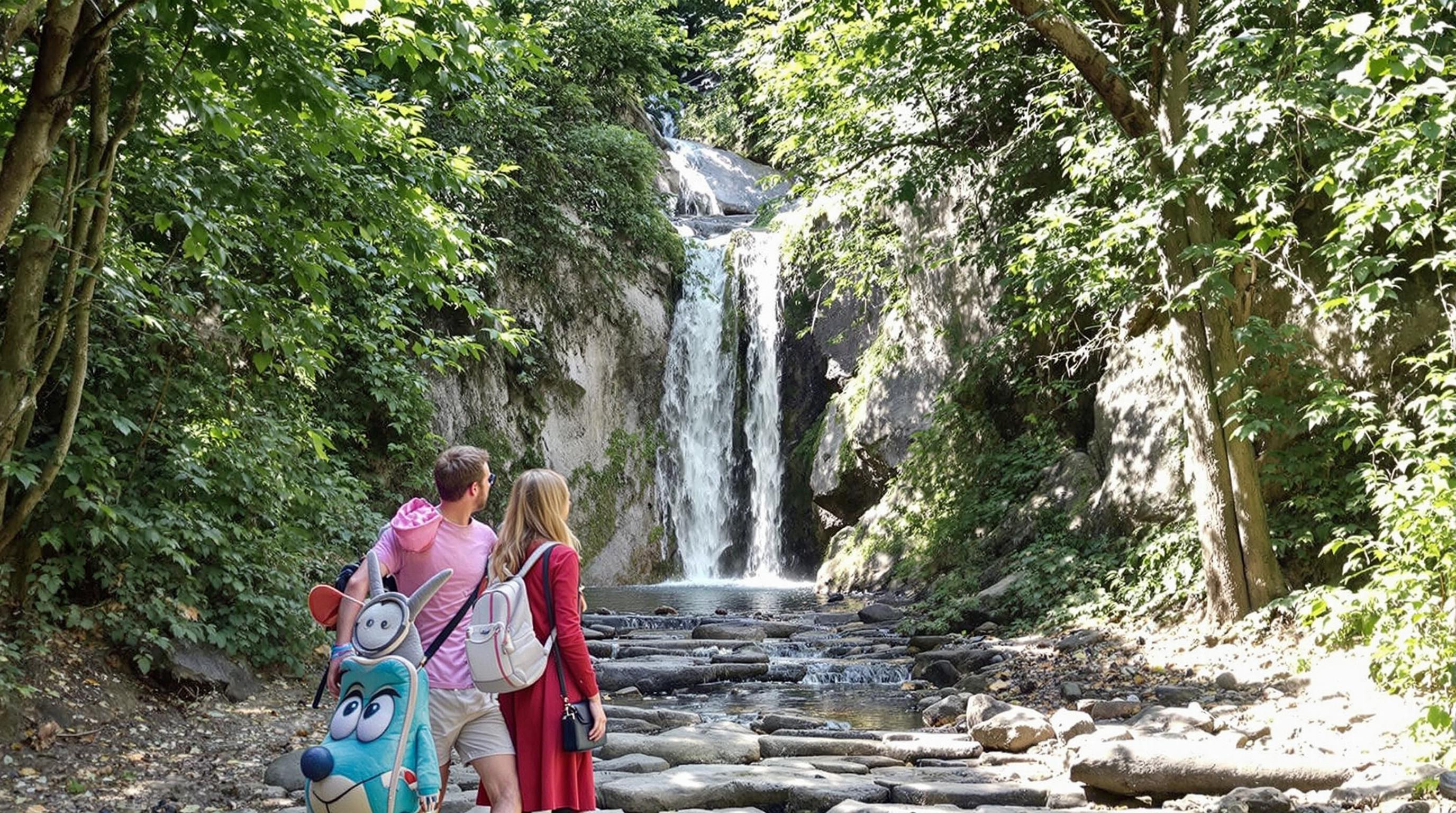Related Articles
- Uncharted Escapes: Navigating the Controversial Allure of Fringe Destinations and Their Untold Stories
- Uncharted Realms: The Surprising Intersection of Urban Legends and Adventure Travel in Offbeat Locations
- Curious Chronicles: Bizarre Transport Innovations Shaping Uncommon Explorations Across Unvisited Trails
- The Forgotten History of Eco-Adventuring: Learning from Indigenous Practices for Modern Exploration
- The Hidden Impact of Eco-Conscious Adventure Games on Environmental Education and Community Resilience
- Uncommon Routes: The Unexpected Appeal of Ghost Town Hikes in Eco-Friendly Exploration
Uncharted Escapes: Navigating the Controversial Allure of Fringe Destinations and Their Untold Stories
Uncharted Escapes: Navigating the Controversial Allure of Fringe Destinations and Their Untold Stories
In a world teeming with well-trodden paths and Instagrammable spots, the allure of fringe destinations captivates a curious breed of travelers seeking untold stories. This article delves into the controversial charm of these hidden gems, exploring their unique narratives, societal implications, and the delicate balance between adventure and responsibility.
Fringe Destinations: Definition and Allure
Fringe destinations are those off-the-beaten-path locales that aren't on the average tourist's radar. Picture remote villages in Eastern Europe, eerie ghost towns in the American West, or vibrant yet underappreciated cities in South America. The appeal lies not only in their isolation but also in their authenticity, offering a stark contrast to the homogenized experiences found in popular tourist spots.
The Data-Driven Traveler
According to a 2022 study by the Adventure Travel Trade Association, nearly 44% of travelers expressed an interest in visiting lesser-known destinations in search of unique experiences. This demographic shift towards authenticity reflects a broader cultural movement that values experiences over mere sightseeing. The rise of social media has fueled this search; with only a single hashtag, the potential for viral fame encourages wanderers to discover and share their own under-explored tales.
The Untold Stories of the Marginalized
Fringe destinations often have rich histories and diverse cultures that are overshadowed by mainstream attractions. Take the case of São Tomé and Príncipe, a volcanic island nation off the Central African coast. Once a hub for the cocoa trade during colonial times, it remains relatively unknown to most travelers. Those who venture here are met with stories of hardship, resilience, and a unique fusion of Portuguese and African cultures. Visitors can foster a deeper understanding of global history while participating in local ecotourism initiatives that support sustainable development.
Ethical Considerations and Responsibility
While the allure of fringe destinations can be strong, it's essential to approach such travel with responsibility. The potential for overtourism, even in lesser-known places, can lead to adverse effects on local communities and environments. For instance, the once-tranquil island of Palau began experiencing overcrowding as social media influencers flocked to its pristine beaches, leading to the introduction of a conservation fee to help manage the impact. Responsible travelers have the power to ensure these areas remain sustainable for future generations, so practicing "leave no trace" principles is fundamental.
Fringe Destinations: A Lens for Reflection
The personal stories of those who live in fringe destinations often highlight resilience and hope. In the town of Tasiilaq, located in Greenland, the adventure of thriving in harsh Arctic conditions against breathtaking landscapes serves as a reminder of the human spirit's indomitable nature. Travelers who choose these lesser-known locales often witness firsthand the complex struggles of locals, thereby deepening their appreciation for different lifestyles.
Balancing Adventure with Safety
Choosing to visit fringe destinations does not come without risks. Natural disasters, political instability, and infrastructure inadequacies can complicate travel, and it's essential for wanderers to be prepared. For instance, when traveling to regions prone to political unrest, maintaining a healthy level of skepticism regarding local information and staying updated through resources like the U.S. Department of State's travel advisories is essential. Embrace adventure with an eye towards safety, balancing the desire for exploration with the need for caution.
The Heart of Adventure: Experiences to Seek
What truly sets fringe destinations apart is their capability to bestow extraordinary moments. Consider the experience of hiking to the ancient ruins of Hampi in India, where massive granite boulders stand as sentinels to history, all while surrounded by lush landscapes. Or, indulge in immersive cultural experiences, like attending the Nauryz festival in Kazakhstan. Engaging with the art, music, and festivities of locals provides unforgettable memories and connects travelers to the essence of the places they visit.
A Tapestry of Cultures: The Food Factor
One cannot discuss fringe destinations without diving into the culinary delights they offer. Picture this: you're sampling traditional Ethiopian injera at a small family-run restaurant in Addis Ababa, engaging in joyful conversation with locals. Food becomes more than sustenance; it’s a means to bridge cultures and forge connections, highlighting the symbiosis between travelers and host communities.
Humor in the Journey: Lightening Up the Trip
In many fringe destinations, there's an element of whimsy and humor that can transform even the most trying travel moments into anecdotes to fill your social media feed. Like the hilarity of mispronouncing place names in a language you’ve never heard before or attempting to ride a local transport vehicle that seems to be an art installation more than a mode of transport. Laughter can be found in the unexpected, yet these moments often create the most cherished traveling memories.
Psychology of Exploration: Why We Seek Out the Uncharted
Why do we feel an inherent pull towards the unknown? According to a study published in the Journal of Environmental Psychology, engaging with unfamiliar places encourages cognitive flexibility and stimulates creativity. Travelers often return more enriched—not just with tales of adventure, but also with newfound perspectives. This quest for the unconventional can lead to personal growth and a broadening of one's worldview.
The Future of Travel: A Balance of Adventure and Preservation
As travelers continue to seek out fringe destinations, it becomes imperative for the industry to adopt responsible tourism practices. Organizations leading the charge in eco-friendly travel, such as Intrepid Travel, aim to minimize impact while supporting local economies. This trend towards conscious travel lets visitors embrace adventure while safeguarding the cultures and environments they cherish.
Final Thoughts: The Journey Beyond Instagram
Ultimately, fringe destinations embody an invitation to explore stories often overlooked by mainstream media and tourism. In our journey towards these underappreciated locales, we find the narratives that shape our understanding of the world. Young or old, adventurous or reserved, the pull to navigate through uncharted escapes is universal, reminding us that travel is less about the destination and more about the connections made along the way.
Case Study: The Impact of Cultural Engagement
To illustrate the positive effects of responsible tourism, let’s look at the case of the village of Yaxunah in Mexico. By participating in community-based tourism, visitors engage in activities that showcase Mayan traditions through cooking classes and guided tours of ancient ruins. Through this relationship, travelers contribute to the preservation of culture while allowing locals to financially benefit from sustainable tourism.
If you are itching to step off the escalator of tourism and onto the rugged paths of discovery, remember that the true essence of travel lies not only in where you go but also in how you engage with the world. Whether you are 16 or 70, the stories waiting to be uncovered in these fringe destinations promise not only unique adventures but also a deeper connection to the social tapestries that bind us all.





